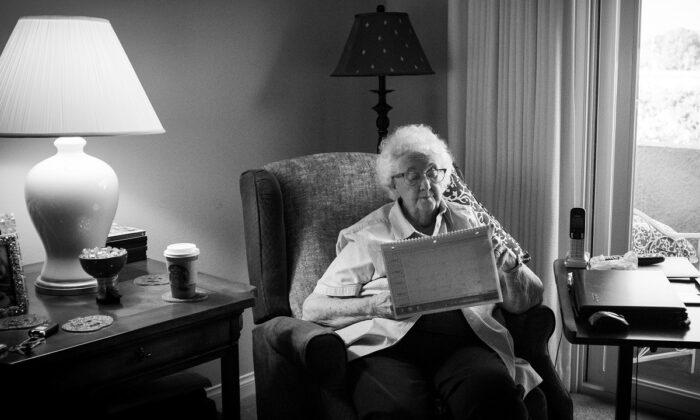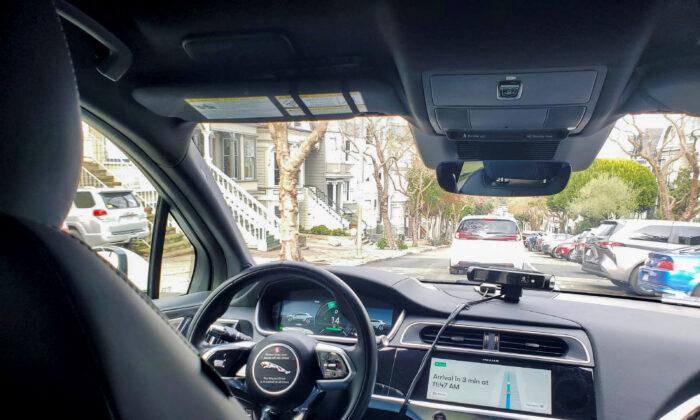SACRAMENTO—More funding for both nursing homes and long-term health insurance passed in an Assembly committee last week, just two prongs in Gov. Gavin Newsom’s so-called Master Plan for Aging, which seeks to provide additional assistance for California seniors and caretakers.
If passed, one bill would protect some long-term care insurance from inflation.
The other would provide funding to hire additional staff for senior housing developments in Orange County, as well as the counties of Contra Costa, Fresno, Riverside, Sacramento, San Diego, Shasta, and Sonoma.
Newsom introduced the plan in 2019 and soon thereafter, convened an array of experts and sought public input on how California could age better.
What came out of those initial meetings were five goals to expand: housing, healthcare, work, and volunteer opportunities, caregiver support, and economic aid.
“Ten years from now, California will be home to 10.8 million people aged 60 and older—nearly twice as many as in 2010,” Newsom said when releasing the plan.
According to the state, this means by 2030, one in four Californians will be over age 60.
As such, Newsom’s administration projects that traditional social safety nets, for instance, Social Security, Disability, and Welfare, may not be enough to accommodate this growing population.
One goal of the plan is to expand housing by creating millions of affordable units for low-income seniors and those that are disabled through low-income tax credit programs, grants, and additional funding.
The plan also hopes to redesign nursing homes to make them smaller, which in turn would lead to fewer residents, and be more “home-like.” At the start of COVID, cases in senior care facilities spiked, with overcrowding compounding death tolls.
Also, in an effort to keep more seniors out of hospitals, the plan hopes to expand healthcare services that can be administered at home and bring down the costs of some medications.
The plan also aims to decrease senior isolation by creating more work and volunteer opportunities for the age group as well as increased protection from abuse, neglect, and exploitation by creating an “Elder Justice Council.”
And as this demographic grows, the plan targets creating 1 million new caregiver jobs by offering job-placement support and increased wages.
Finally, the plan seeks to decrease senior homelessness and to help decrease poverty and hunger by increasing supplemental security income and expanding CalFresh, which provides financial assistance for the purchase of food for low-income individuals and families.
Currently, there are over 100 initiatives wending their way through the Legislature related to the plan.
California is not the first state to enact a “master plan” for aging residents. Others include Colorado, Massachusetts, Minnesota, and Texas.





Friends Read Free